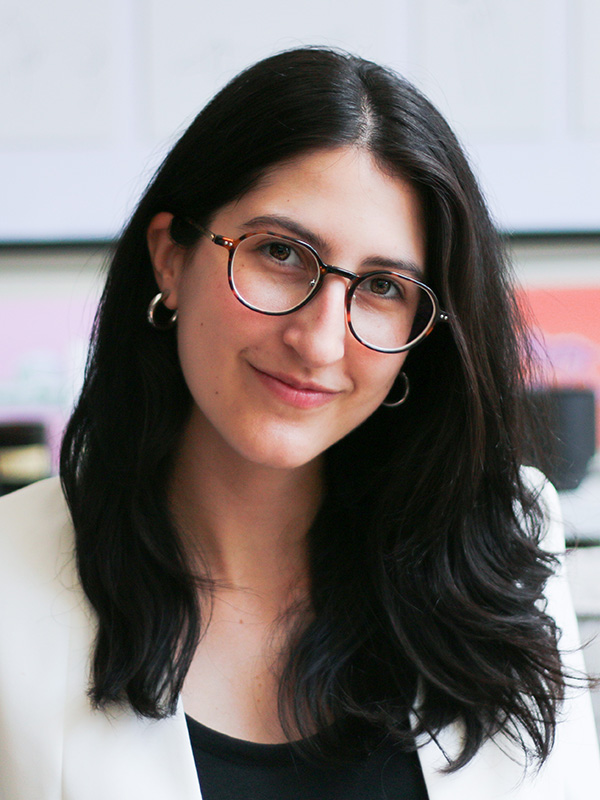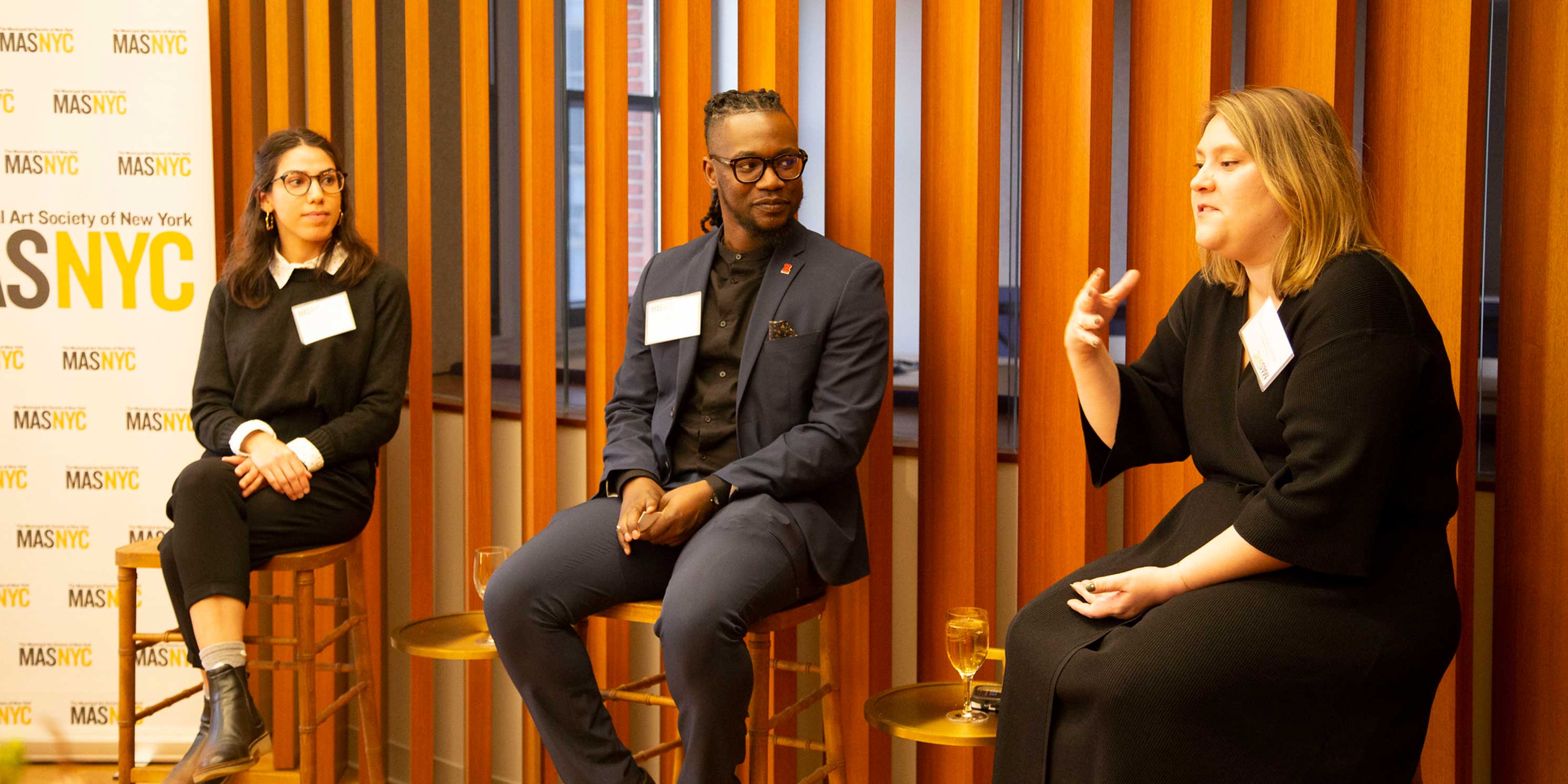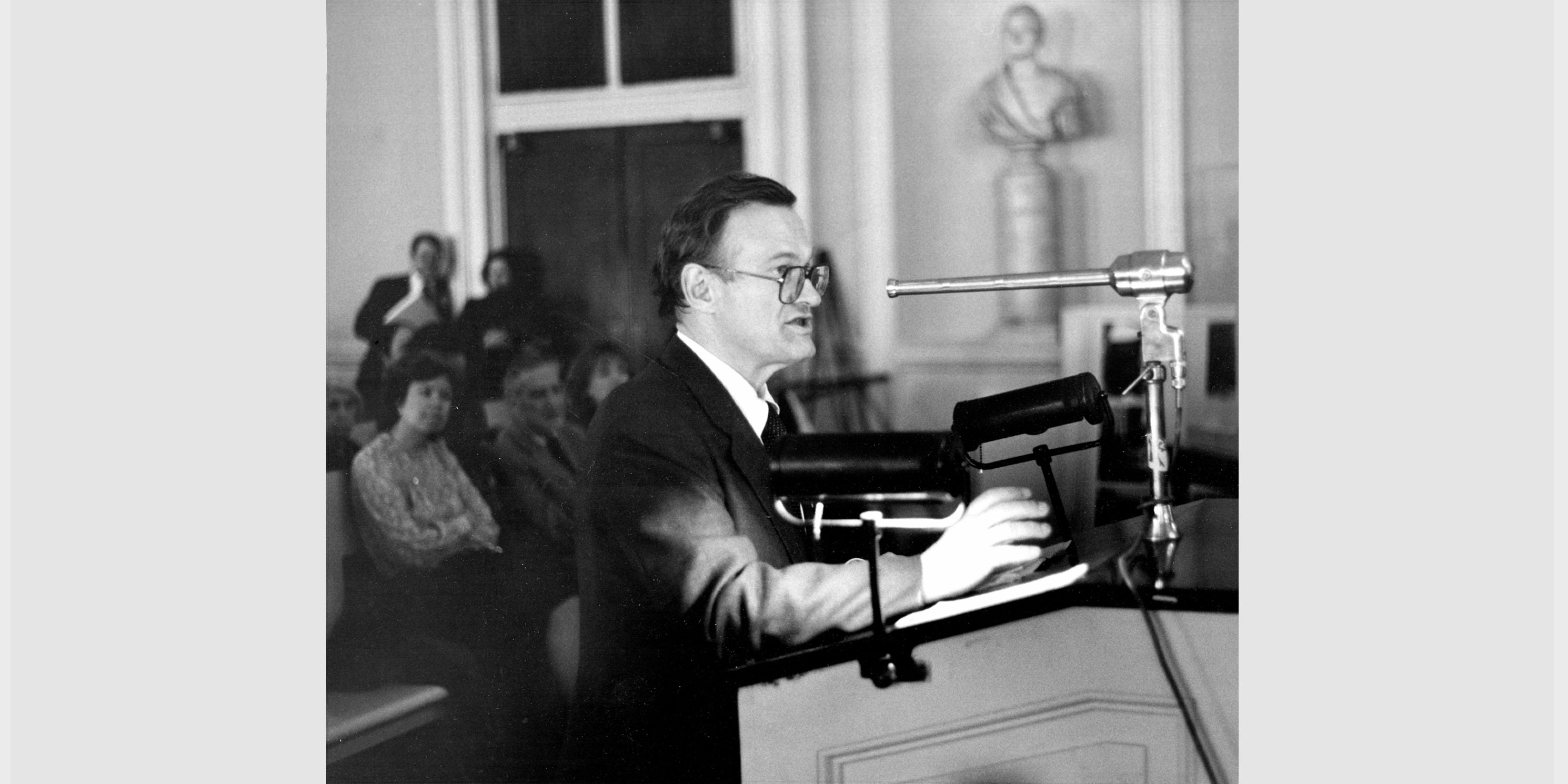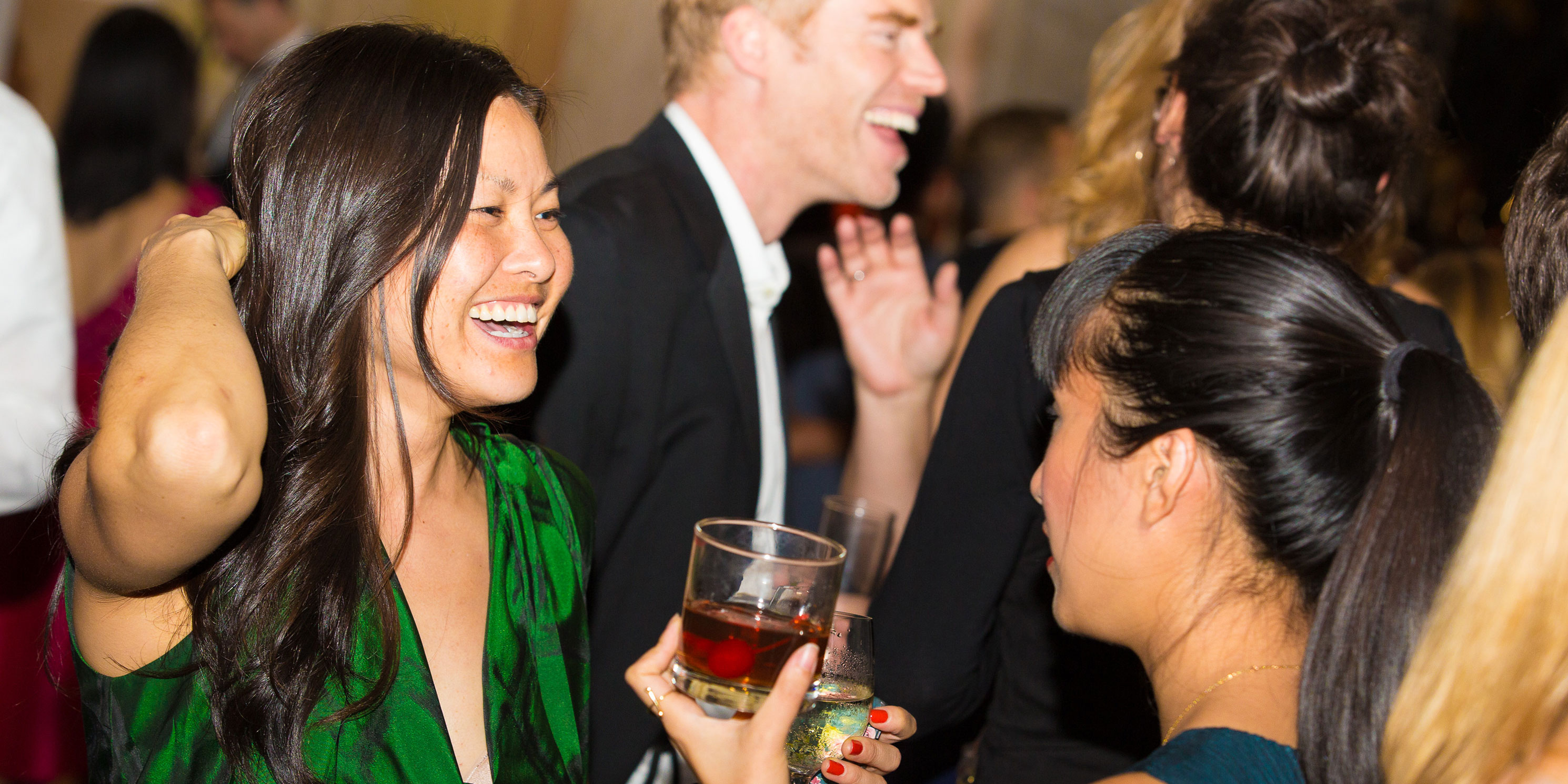Menapace Fellowship
About the Menapace Fellowship
The Municipal Art Society launched the Ralph C. Menapace Fellowship in Urban Land Use Law in 1984. This two-year fellowship provides recent law school graduates with first-hand experience in the legislative process, litigation, and advocacy before New York’s regulatory bodies. Fellows are afforded the intensive learning experience of a judicial clerkship with opportunities for independent, creative work in finding solutions to new and persistent problems in urban life.
The Menapace Fellow engages in policy development and legal advocacy for current urban land use issues confronting New York City. Legal and policy issues include, but are not limited to, historic preservation, climate adaptation, environmental review regulations, and land use and zoning laws. Responsibilities range from advising and strategizing with senior leadership and the MAS Law Committee on the merits of legal intervention to researching, drafting, and providing testimony to various governmental agencies to drafting amicus briefs, and participating in coalitions.
The Menapace Fellow is also involved in litigation, policy and legislative work, and the preparation and delivery of testimony in proceedings before state and federal administrative bodies. Additionally, the Fellow serves as in-house counsel, assisting in corporate and nonprofit law matters for MAS.
The Menapace Fellow works under the guidance of the MAS General Counsel and Law Committee.
Current Fellow

Alex joined MAS as the 18th Ralph C. Menapace Fellow in September 2024. Alex is a May 2024 graduate of Fordham University School of Law, where she served as Notes & Articles Editor for the Urban Law Journal and filed a federal civil rights action on behalf of the Housing and Environmental Litigation Clinic. While in law school, she interned with the New York City Council, New York State Office of the Attorney General, New York Civil Liberties Union, and U.S. Environmental Protection Agency. Before pursuing her legal career, Alex received her undergraduate degree from the S.I. Newhouse School of Public Communications at Syracuse University in 2014, and worked as a marketing strategist and freelance journalist reporting on local politics in her neighborhood on the Upper West Side.
Past Fellows
MAS named the first Menapace Fellow in 1986. Since then, Menapace Fellows have worked on cases that set precedents for upholding New York City urban land use laws and have played a fundamental role in shaping those laws that benefit all New Yorkers. Fellows have gone on to careers in a broad range of fields including law, real estate, and nonprofit advocacy.
- Jahmel Martin
- Alia Soomro
- Rachel Mazur
- Kimberly Ong
- David Schnakenberg
- Katie Kendall
- Amanda Hiller
- Christopher Rizzo
- Jane Rudofsky Johnstone
- Holly Leicht
- Beth Goldstein
- David Nissenbaum
- Douglas Cogen
- Elizabeth Lusskin
- Timothy Bradley
- Marc Silver
- John Low-Beer

Historic Cases
New York City has been both the laboratory and battleground for innovations in land use regulation, including urban environmental controls, zoning, open space, and historic preservation. Legislation drafted or refined through litigation in New York has provided the model for land use laws throughout the country.
- St. Bartholomew’s Episcopal Church v. City of New York (1990), defending the Landmarks Law against First and Fifth Amendment claims
- New Jersey v. New York (1998), defending New York’s ownership of Ellis Island
- Brooklyn Inst. of Arts and Sciences v. City of New York (1999) regarding the Mayor’s efforts to strip the Brooklyn Museum of funding over its exhibition Sensations
- Infinity Outdoor v. City of New York (2001) upholding New York City’s law limiting billboards along highways
- Stahl York Avenue Company LLC v. City of New York (2007)
- Protect the Village Historic District v. New York City Landmarks Preservation Commission (2009)
- Committee for Environmentally Sound Development and Municipal Art Society of New York v. Amsterdam Avenue Redevelopment Assoc. LLC and ACP Amsterdam III LLC (2017), regarding the construction of a super-tall tower at 200 Amsterdam Avenue
- Carnegie Hill Neighbors, Municipal Art Society, Friends of the Upper East Side Historic Districts, Civitas Citizens v. City of New York, New York City Council, New York City Planning Commission, New York City Educational Construction Fund, AvalonBay Communities (2018), challenging the City of New York’s actions alienating a public park on behalf of a private developer
- Council of New York v. Department of City Planning of New York (2020), which overruled the approval of the mega high-rise project known as Two Bridges in the Lower East Side
Law Committee Members
The Law Committee advises MAS staff and the Board of Directors. Its members include distinguished attorneys with expertise in land use and zoning, real estate, non-profit, environmental, and municipal law fields.
- Susan Hinkson-Carling, Chair, MAS Board Member, Managing Member of Capalino Ventures, LLC, Executive Vice President of Land Use, Housing & Real Estate at Capalino + Company
- Rebecca M. Bratspies, Professor of Law, City University of New York School of Law, and founding Director of the Center for Urban Environmental Reform (CUER) at CUNY School of Law
- Susan Golden, Partner, Venable, LLP
- David Schnakenberg, Special Counsel, Fried Frank LLP, and former Menapace Fellow
- Christine Billy, Executive Director, Guarini Center on Environmental, Energy & Land Use Law, and Adjunct Professor of Clinical Law at NYU School of Law

About Ralph C. Menapace
The Ralph C. Menapace Fellowship in Urban Land Use Law is named in honor of Ralph C. Menapace, Jr. (1932–1984), a distinguished lawyer and civic leader who served both as President of the Municipal Art Society of New York (MAS) and MAS Board Chair. Mr. Menapace graduated from Yale Law School in 1956 and joined Cahill Gordon & Reindel that same year. He was named a partner in 1966. As a member of the Committee to Save Grand Central Terminal, Mr. Menapace was a key figure in the legal action that saved the Terminal and eventually led to the United States Supreme Court decision upholding the constitutionality of the Landmarks Law of the City of New York. On behalf of MAS, he played a major role in the efforts to preserve St. Bartholomew’s Episcopal Church, Radio City Music Hall, and Lever House. He was also instrumental in the establishment of the Upper East Side Historic District.
